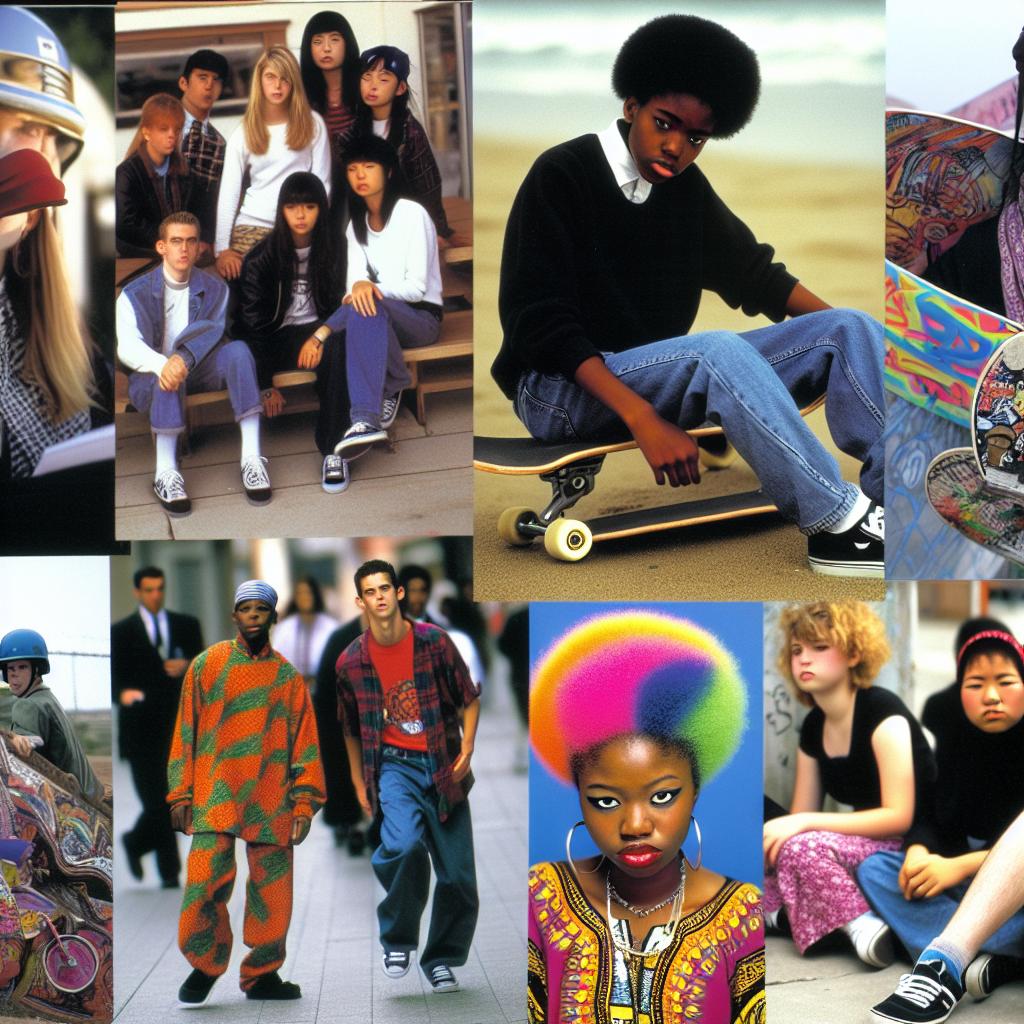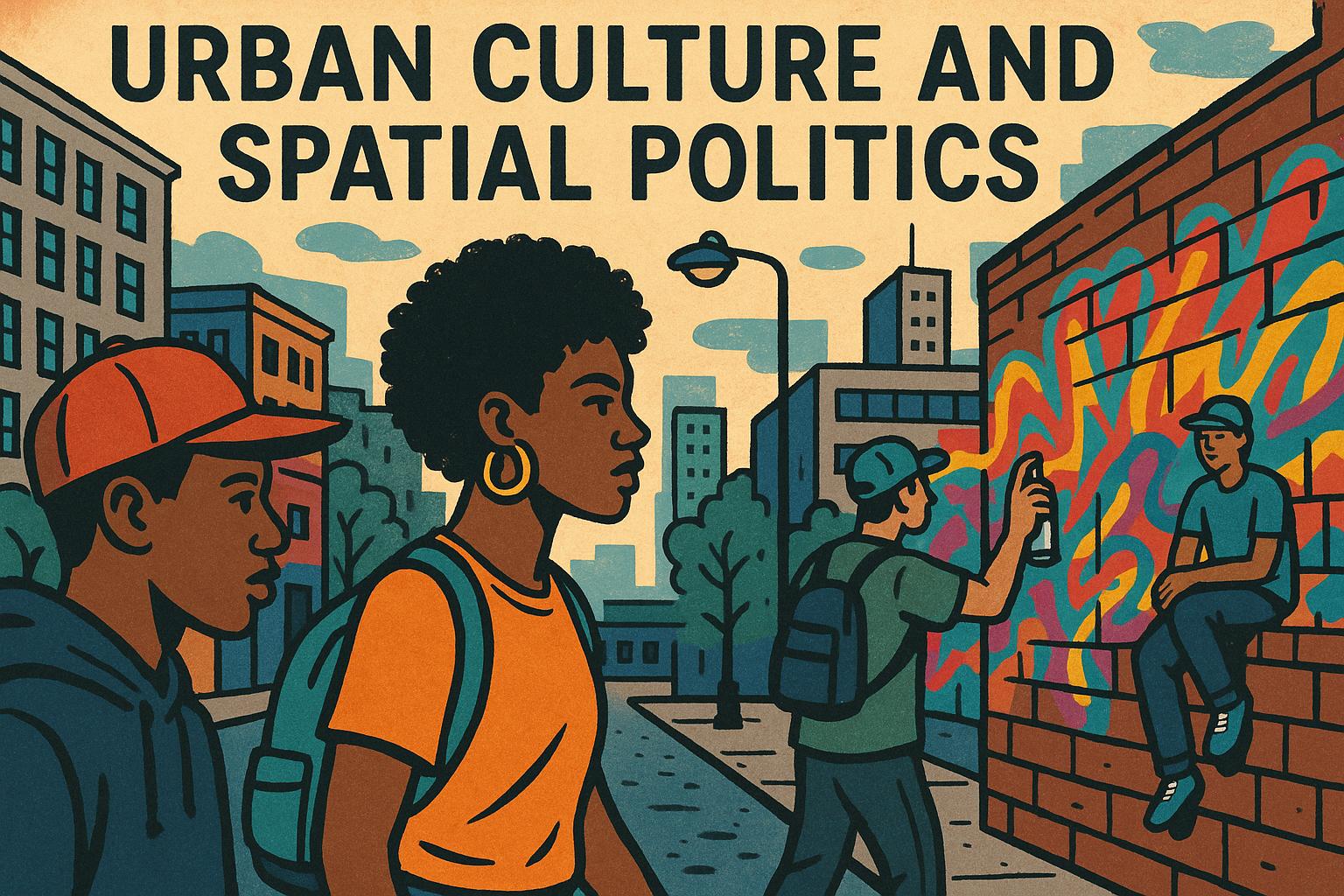Understanding Youth Subcultures
Youth subcultures are dynamic social groups that emanate primarily from the younger segments of our populace. These subcultures are marked by a set of shared interests, unique styles, behaviors, and values, all of which distinguish them from the predominant societal norms. To comprehend these diverse youth subcultures across the globe, it is essential to delve into their origins, influences, and broader societal impacts.
Origin and Evolution of Youth Subcultures
Youth subcultures frequently arise as a reaction to varied social, economic, or political conditions. These groups afford young individuals a platform to express their identity, creativity, and dissent from the status quo. Historically, periods of societal transformation—during which traditional norms and expectations face mounting scrutiny—have often birthed new subcultures. These evolutionary phases allow young people to forge novel paths divergent from prior generations.
Influences on Youth Subcultures
Numerous factors contribute to the development and sustainability of youth subcultures.
Media and Technology have become pivotal in shaping and diffusing these subcultures globally. The advent and proliferation of digital media have revolutionized cultural dynamics. The internet, in particular, allows for transnational connectivity amongst young people. This global digital network enables the creation, sustenance, and propagation of subcultures that surmount geographical limitations, facilitating a shared space for interaction and cohesion across diverse regions.
Music and Fashion stand as iconic bedrocks for subcultural identity. Specific music genres and fashion trends often function as cultural signifiers, defining and delineating subgroup affiliation. Take, for instance, how punk music and its associated fashion have historically served as a medium for political expression and cultural affinity, reinforcing subcultural identity. Likewise, hip-hop culture illustrates how music and fashion jointly create a profound narrative framework that resonates with youthful expressions of identity.
The Social and Political Climate serves as another crucial influence. Many subcultures flourish as responses to prevailing political and social issues. For instance, the emergence of the punk subculture in the late 20th century was intricately linked to anti-establishment sentiments, embodying a critical lens toward conventional political and social structures.
Examples of Youth Subcultures Around the World
The global landscape is replete with a plethora of youth subcultures, each characterized by distinctive traits:
The Goth Subculture, which originated in the United Kingdom during the early 1980s, is recognized for its distinctive dark fashion sensibilities, melancholic musical ethos, and a predilection for the macabre. Today, the goth subculture maintains a persistent global footprint, manifesting in varied stylistic and expressive forms reflective of its core aesthetic identity.
K-Pop Fandom represents a powerful youth subculture significantly anchored in South Korea. Within this subculture, fans actively engage with K-Pop music idols by leveraging social media platforms, attending concerts, and organizing fan-centric gatherings. This phenomenon underscores the considerable influence of media in bolstering and perpetuating an animated subcultural milieu.
Skateboarding Culture has firmly entrenched itself within the youth fabric of the United States and has transcended domestic borders, extending its reach internationally. The skateboarding subculture embodies rebellion, creativity, and individualism, contributing richly to urban youth identity and ethos.
Impact of Youth Subcultures on Society
The impact of youth subcultures on society is significant and multifaceted, exerting both direct and indirect influences. Firstly, these subcultures impart consequential influences on mainstream culture, shaping fashion, music, and language. Subcultures serve as springboards for cultural innovation and societal critique, frequently challenging prevailing norms and paradigms.
Additionally, youth subcultures are vital in fostering community and nurturing a sense of belonging among members. They offer a supportive environment where individuals can explore and assert their identities, contributing positively to personal development and social cohesion.
Despite occasionally being misunderstood or stigmatized by the broader society, youth subcultures occupy an indispensable role within the cultural landscape. They are instrumental in driving cultural conversations and propelling new ideas. As society continues its inexorable evolution, it stands to reason that new subcultures will emerge, mirroring the shifting priorities and aspirations of youth worldwide. The vitality and adaptability of youth subcultures thus remain unassailable components of cultural progression, continually shaping and reshaping the contours of societal life.



